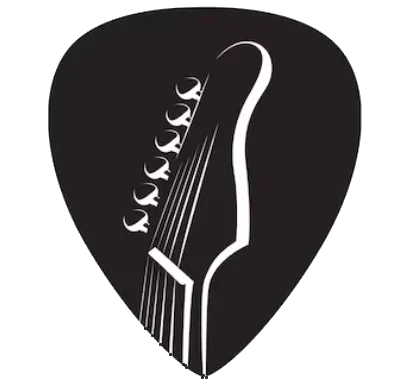This question is not only about technology, but also about how we define art, authorship, and human creativity in a time when machines can imitate the creative process.
To explore this properly, we must revisit a deeper issue: What is art — and who gets to make it?
What Is Art?
While there is no universally accepted definition of art, most philosophical and cultural perspectives agree that art involves intentional human expression. It communicates emotion, ideas, or beauty through chosen forms and media. Leo Tolstoy, in What Is Art? (1897), described art as a form of emotional transmission: “Art is a human activity consisting in this, that one man consciously, by means of certain external signs, hands on to others feelings he has lived through” (Tolstoy, 1897).
Modern philosophers have refined this. Arthur Danto argued that a work becomes art not simply by its appearance or craftsmanship, but by its interpretability within a conceptual framework — by being situated in what he called the “artworld” (Danto, 1981). That is, art must carry meaning and intention and invite reflection.
Under such definitions, art is not defined by how it is made, but by why it is made and what it communicates to its audience.
Tools and the History of Art
If we accept that art is primarily about intention and communication, then tools are secondary. They are extensions of the artist’s vision. Throughout history, artists have used the tools available to them — and have often been criticized for doing so when those tools were new.
The camera, for instance, was initially seen as a threat to painting and creativity. Yet photography eventually gained widespread recognition as a legitimate art form. Similarly, in music, the introduction of electronic instruments, sampling, and digital workstations were at times met with skepticism but are now core parts of modern music production.
This pattern suggests that resistance to new tools is normal, but often short-lived. The medium changes, but the creative impulse — to express something meaningful — remains the same (Benjamin, 1936).
The Unease with AI in Music
Despite these precedents, many are uneasy about AI in music. Critics argue that music composed or assisted by AI lacks authenticity, as it originates from a machine with no consciousness or emotion. There’s also concern that AI allows people to bypass the hard-earned skills traditionally associated with musicianship — such as harmony, composition, or performance.
But this critique overlooks the actual process. In most cases, AI is not creating music independently, but is part of a collaborative process. The artist defines the parameters, selects styles or emotional goals, edits and curates outputs, and constructs the final soundscape. The AI is a tool — powerful, yes — but not autonomous.
As musicologist David Cope (2011) notes in his research on algorithmic composition, the real creativity lies in the interaction between the human and the machine. The machine can surprise, generate, or suggest — but it is the human who selects, adapts, and infuses meaning.
Should the Tool Determine the Value?
If we judge art by its outcome — its ability to move, provoke, inspire, or communicate — then the tool should not determine its worth. As philosopher Nelson Goodman (1976) argued, the symbolic structure and intentional use of artistic materials matter more than the physical materials themselves.
In this context, AI is not a shortcut to art, but a new artistic language. Just as the electric guitar changed the sound of popular music, or digital collage expanded the visual arts, AI offers new ways of exploring sound, structure, and emotion in music.
What matters is not whether a musician used AI, but how they used it — whether they used it to express something real, something original, or something meaningful.
A Framework for Evaluation
To judge AI-generated music fairly, we might adopt a framework that asks:
- Was there clear artistic intent?
- Did the artist shape, curate, or transform the AI-generated material?
- Does the piece carry emotional, aesthetic, or conceptual value?
- Is the result part of a larger cultural or expressive conversation?
These questions help us focus on the human behind the tool — their choices, vision, and contribution. Just as we evaluate a photographer by their eye, not their lens, we should evaluate AI musicians by their artistic direction, not their codebase.
Conclusion: Expanding the Definition of Art
Artificial intelligence is not the end of human creativity — it is a new chapter in its evolution. Tools change. What counts as artistic labor and expression evolves. But the core values of art — meaning, emotion, intention, and connection — remain.
We should resist the urge to judge artistic works solely by how they were made. Instead, we should ask: Is the work meaningful? Was it guided by a human vision? Does it resonate with its audience?
If the answer is yes, then the method — whether pen, piano, or processor — should not disqualify it. Art has always been about pushing boundaries. AI is just the latest brush in the artist’s hand.
References
- Benjamin, W. (1936). The Work of Art in the Age of Mechanical Reproduction.
- Cope, D. (2011). Computers and Musical Style. A-R Editions.
- Danto, A. (1981). The Transfiguration of the Commonplace: A Philosophy of Art. Harvard University Press.
- Goodman, N. (1976). Languages of Art: An Approach to a Theory of Symbols. Hackett Publishing.
- Tolstoy, L. (1897). What is Art?
